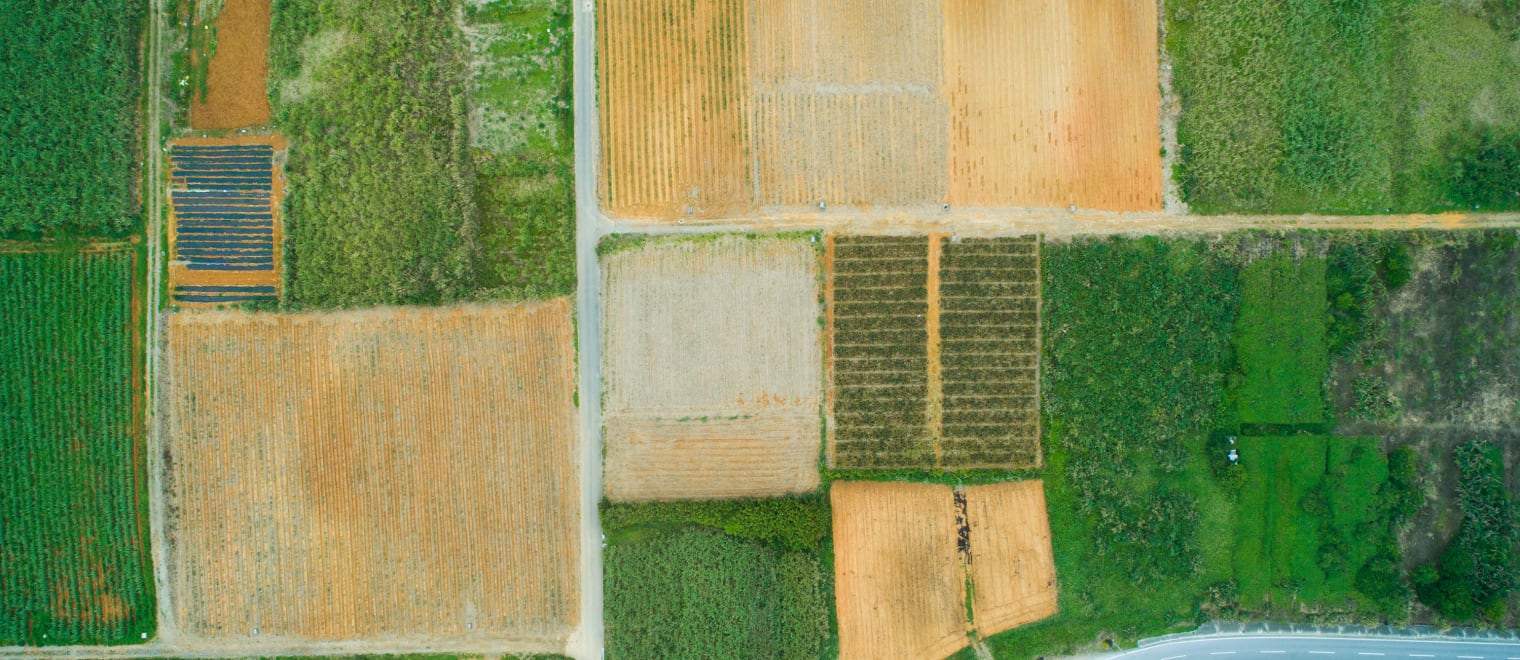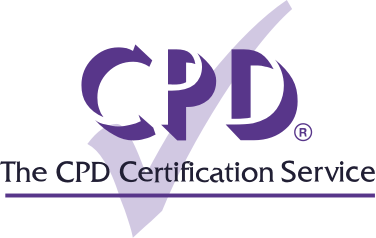This informal CPD article, A beginner’s guide to Agrochemical Formulation Strategies was provided by KNect365, a world’s leading facilitator of knowledge sharing and business connections. Operating in key industry verticals, including finance, life sciences, and technology, KNect365 provide the highest-quality content and thought leadership alongside platforms for connecting and collaborating, giving our customers real advantage.
A beginner’s guide to Agrochemical Formulation Strategies
What are the top 5 challenges facing agrochemical formulators? And what advice would you give to overcome them?
Fully understanding the active substances in the formulations
This is a particular challenge if you are working with new actives, or even established actives that are new to a company. The properties won’t be as well understood due to the lack of characterisation. You cannot formulate without fully understanding the active substances of your formulations. You need to understand the different aspects, such as: the solubility, physical properties, chemical properties and stability profile of your active substances in order to produce a formulation that is effective.
Understanding how your product is going to be applied in order to tailor your formulation appropriately
Knowing the application for your product is important because it determines the type of formulation you will need, and the co-formulants needed to give it specific properties’. For instance, if you are applying using a spray tank you’d need to tailor your product to be water soluble or water dispersible, or if you are applying your formulation in the furrow you will want your formulation to be solid and granular. You may even be applying the formulation as a coating to the seed which is a growing area in the field.
The varying regulatory landscapes within different geographies
This is important because the regulatory landscape of a given geography dictates what co-formulants you can use in your product. For instance, it will be challenging to use neonicotinoids in Europe whereas the regulations are less strict in Latin America and the US. Therefore, it is very important to understand the regulatory landscape of the location where you intend to apply your product.
Knowing how you make the formulation in the lab and then scale-up economically in a production plant
You may develop a formulation with great properties, such as a spray-dried granular product that disperses well, however its development requires investment in new capital in order to scale it up. When developing a new formulation, you need to be aware of the possible consequences of going down route A or route B as this determines the production equipment needed and the capital requirements to invest in it. In some instances, it may be necessary to out-source certain production steps, however, you then risk losing control and oversight. For example, you may not understand the third-party processes and equipment, or on the flipside, they may not fully understand the product you are trying to develop which could both result in something going wrong.
Commercial & Market Awareness
Get detailed feedback from your commercial marketing colleagues to determine the properties the market is looking for, and compare how your new product competes with the offerings of your competitors. For formulations, features to take into consideration include dust, odour or ease of pouring. Understanding market needs will help you design a product that is competitive and performs well.
We hope this article was helpful, for more information please visit the KNect365 CPD Member Directory page. Alternatively please visit the CPD Industry Hubs for more news, courses and events relevant to your Continuing Professional Development requirements.













